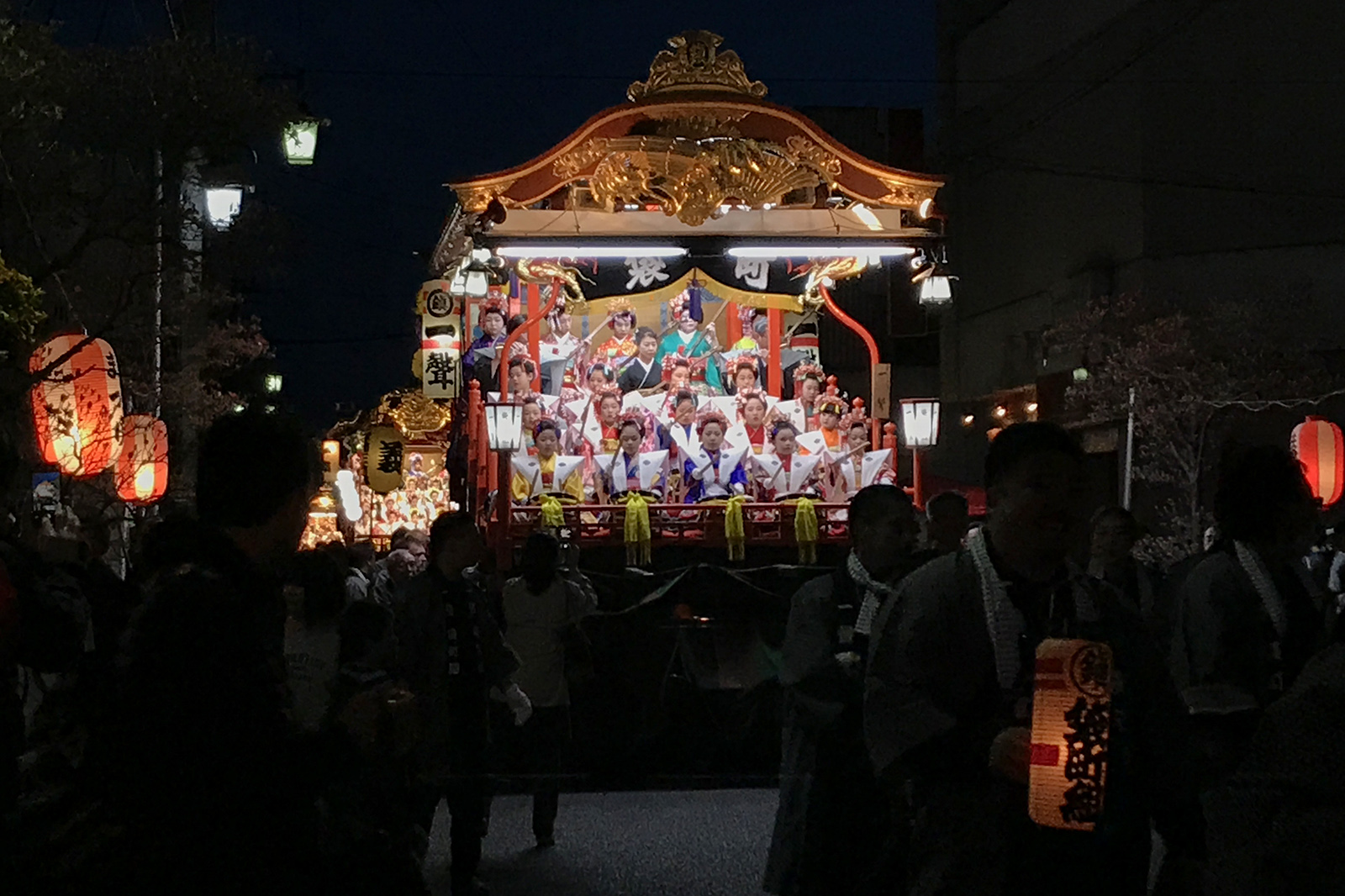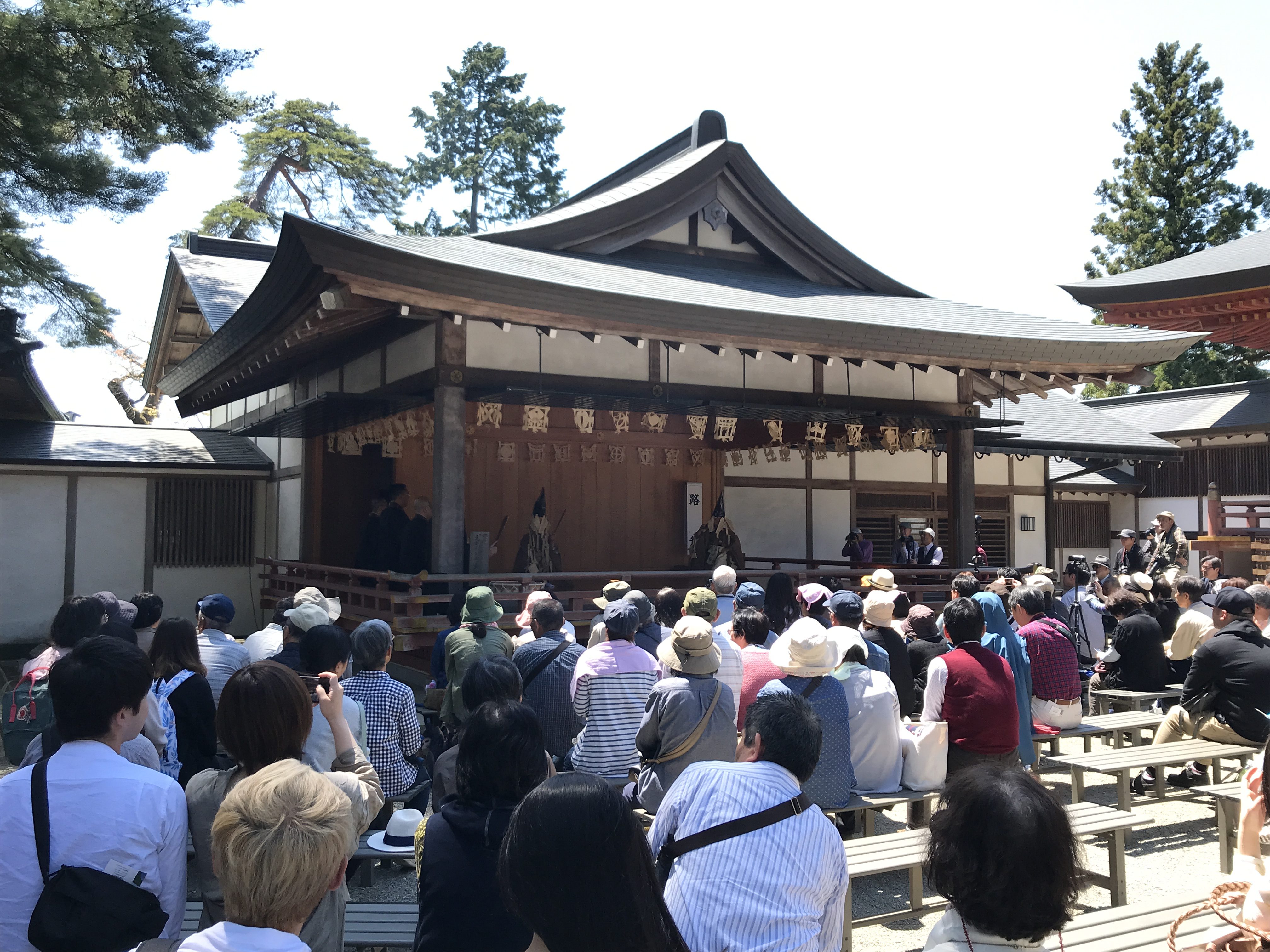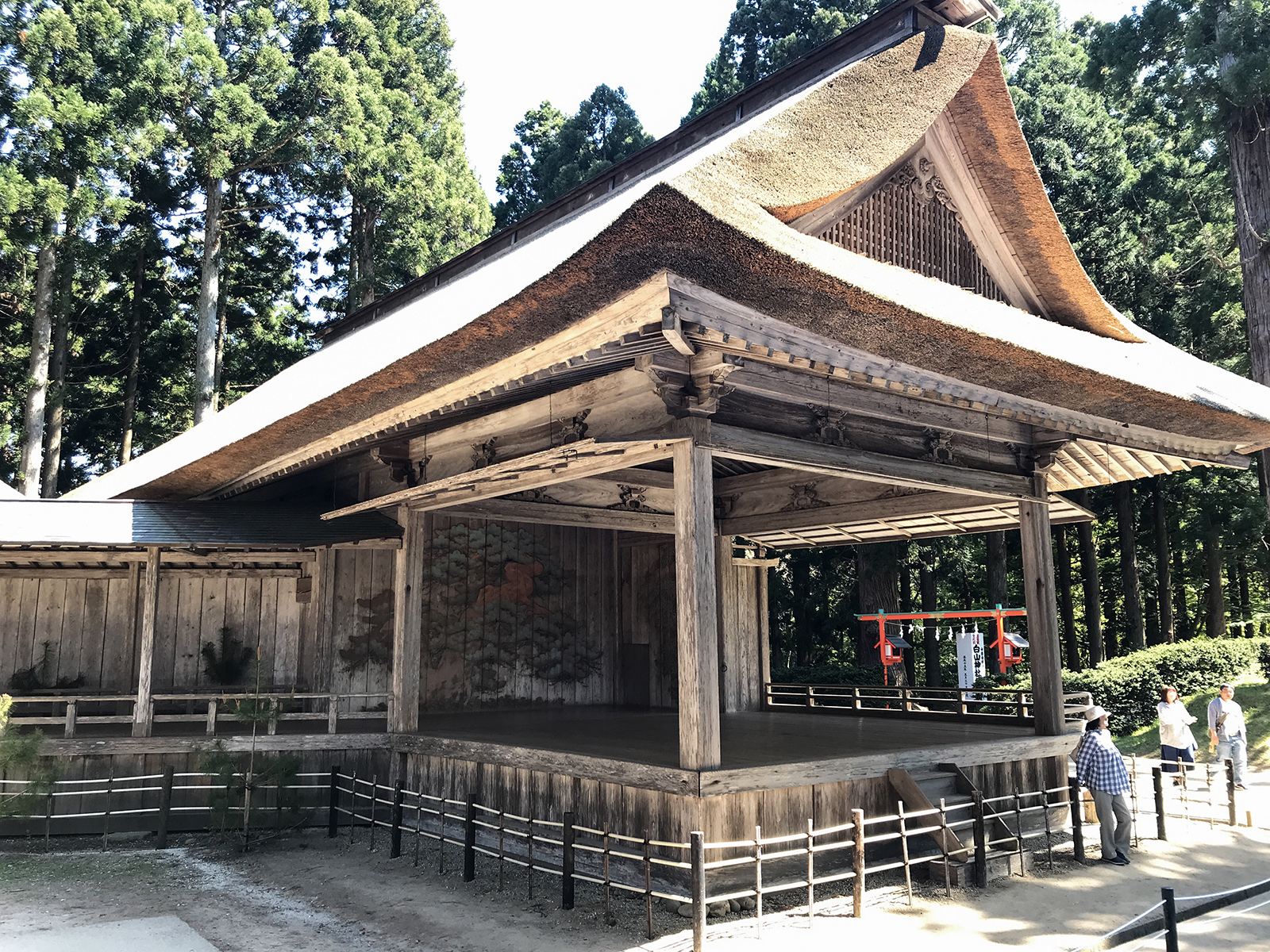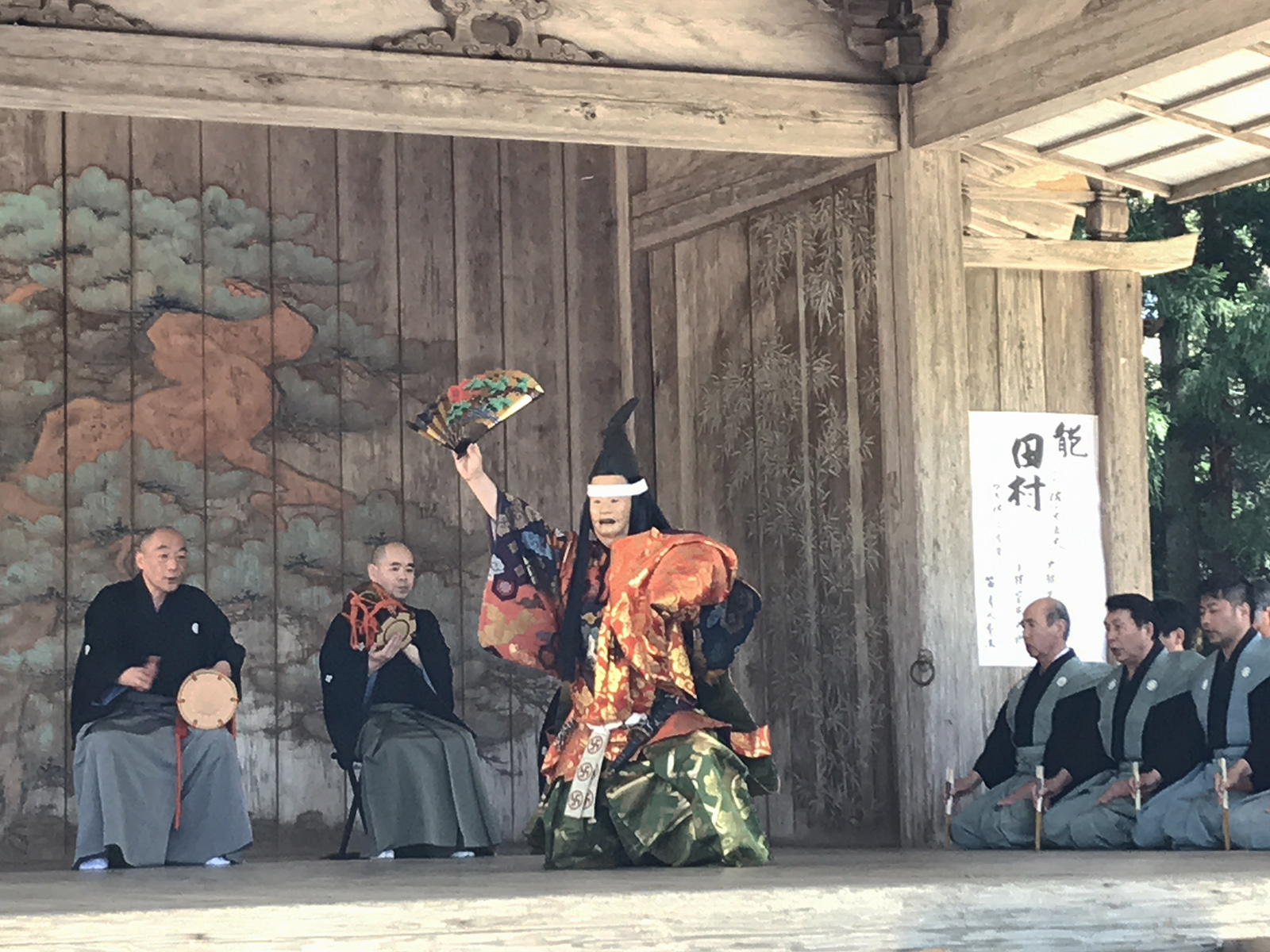
Local festivals are big in Japan. It’s one of the great things about Japanese summer.
There’s the food, of course. My favourite festival foods include yakisoba (fried noodles), yakitori (grilled chicken on skewers), okonomiyaki (savoury pancakes), and of course gallons of draft beer.
But there are also a bewildering variety of performances, from traditional theatre to giant pink penises.
I was in Tohoku last month — the northeastern section of the island of Honshu — where I had the opportunity to attend 3 different festivals in 1 week. All were happening within a 15 minute drive from my base in Iwate prefecture.
First up was the Hidaka Hibuse festival in Mizusawa.
The original purpose of this festival was to pray for protection against fire, a serious hazard in a world where houses were built of wood, and where one blaze could wipe out entire villages.
It all began when the feudal lord of the Mizusawa area established fire brigades in six different neighbourhoods. These fire brigades are still represented at the event 300 years later.
Officials pay a visit to their local shrine in the morning, and then parade through the city pushing floats decorated with paper lanterns and flowers. The floats feature tiered seats in which 20 to 25 people — traditionally girls, but now mixed — play small taiko drums, flute, and the three-stringed shamisen.
This is my wife’s home region, and the Hidaka Hibuse festival is a family tradition. Tomoko participated 4 times as a child: playing the taiko three times, and once on shamisen. The last time I was in Japan, her nephew was playing taiko. This time, it was her niece.
The music and floats and lanterns create a magical atmosphere at night, as you can see from the video at the bottom of this page. The streets fill with shuffling spectators clutching plastic cups of draft beer or eating festival foods, and for a while, evening darkness is swept aside by music.

Next up was a festival in the neighbouring city of Esashi, where we were treated to a mesmerizing performance of Shishi-odori.
Several old schools maintain this northern tradition, and stories are normally told by groups of eight dancers. But every troupe in the region had come together to perform on that day.
I had a taste of Shishi-odori — “deer dance” or “beast dance” — at a wedding several years ago, but this was the first time I’ve seen the streets completely filled with them.
We sat on the sidewalk by the feet of the dancers as dozens of costumed performers beat drums and chanted in unison. The entire neighbourhood resonated with their cries, and my stomach and chest vibrated with the force of the drums, and with the clacking of drumsticks on rims, rattling to imitate the clatter of hooves and the clashing of horns.
Check out the video below, it’s quite incredible to watch.

Finally, we struck cultural bedrock when we had the chance to experience two truly ancient traditions at the nearby UNESCO site of Hiraizumi.
Hiraizumi was the stronghold of the northern branch of the Fujiwara clan during the Heian Period (794 – 1192), a political, military and commercial centre, and a place of refined culture and sophisticated arts.
It was a golden age that lasted for nearly 100 years, and for a while, Hiraizumi even rivalled Kyoto, but the temple complexes we see today are all that remain. The northern Fujiwara clan was wiped out at the start of the Kamakura period by the up and coming warlord Yoritomo Minamoto, and the city was destroyed.

The poet Matsuo Basho journeyed there on the trip that resulted in his book The Narrow Road to the Deep North (Oku no Hosomichi), and he composed this haiku in 1689:
“Natsukusa ya! / Tsuwamono-domo ga / yume no ato”
“Summer grasses — all that remains of warrior’s dreams”
I’d been to Hiraizumi several times before. I try to visit each time we’re in Iwate. But this was my first opportunity to attend the Spring Fujiwara Festival.

The first performance took place at the temple complex of Motsuji. Ennen no Mai — “longevity dances” — were first performed in the Heian period, and they continued into the Muromachi period, so we’re looking at a tradition that spanned the 8th to 16th century. The style contains the roots of what would later morph into Noh.
We saw two traditional stories, the Old Woman Dance and the Young Woman Dance, and one other I couldn’t identify. The movements are incredibly slow and stylized, but they’re strangely mesmerizing.
The other main performance took place across town at the main temple complex of Chusonji. We hopped a bus and climbed the steep hill, where we made our way to the open-air Noh theatre, helped ourselves to a padded cushion, and sat cross legged on the ground.
I’d never seen Noh (能) before, and watching the two performances in that order was a great way to understand how these arts changed over the centuries. Noh is slow, but it feels very modern compared with the rigid formality of Ennen no Mai.

You can see how important the stage is to a performance of Noh. It is always square, open on all sides except the back, and with a bridge coming in from an angle where the performers enter.

The two drummers you see in the video are keeping the rhythm of the performance, while the actor on stage tells a story drawn from legend, history, or literature. Costumes are embroidered and heavily layered. Masks are elaborately carved to reveal emotion. And ghosts, the supernatural and spirits make regular appearances.
You can see examples of both performances in the video below.
Photos ©Tomoko Goto 2019

Get your FREE Guide to Creating Unique Travel Experiences today! And get out there and live your dreams...
